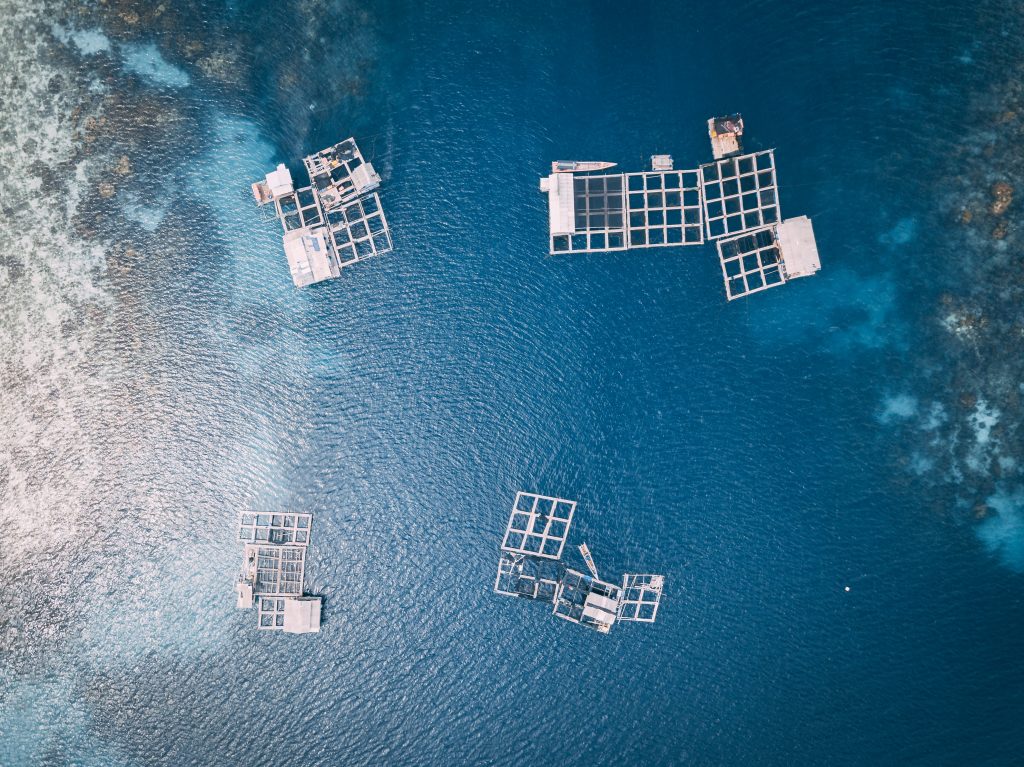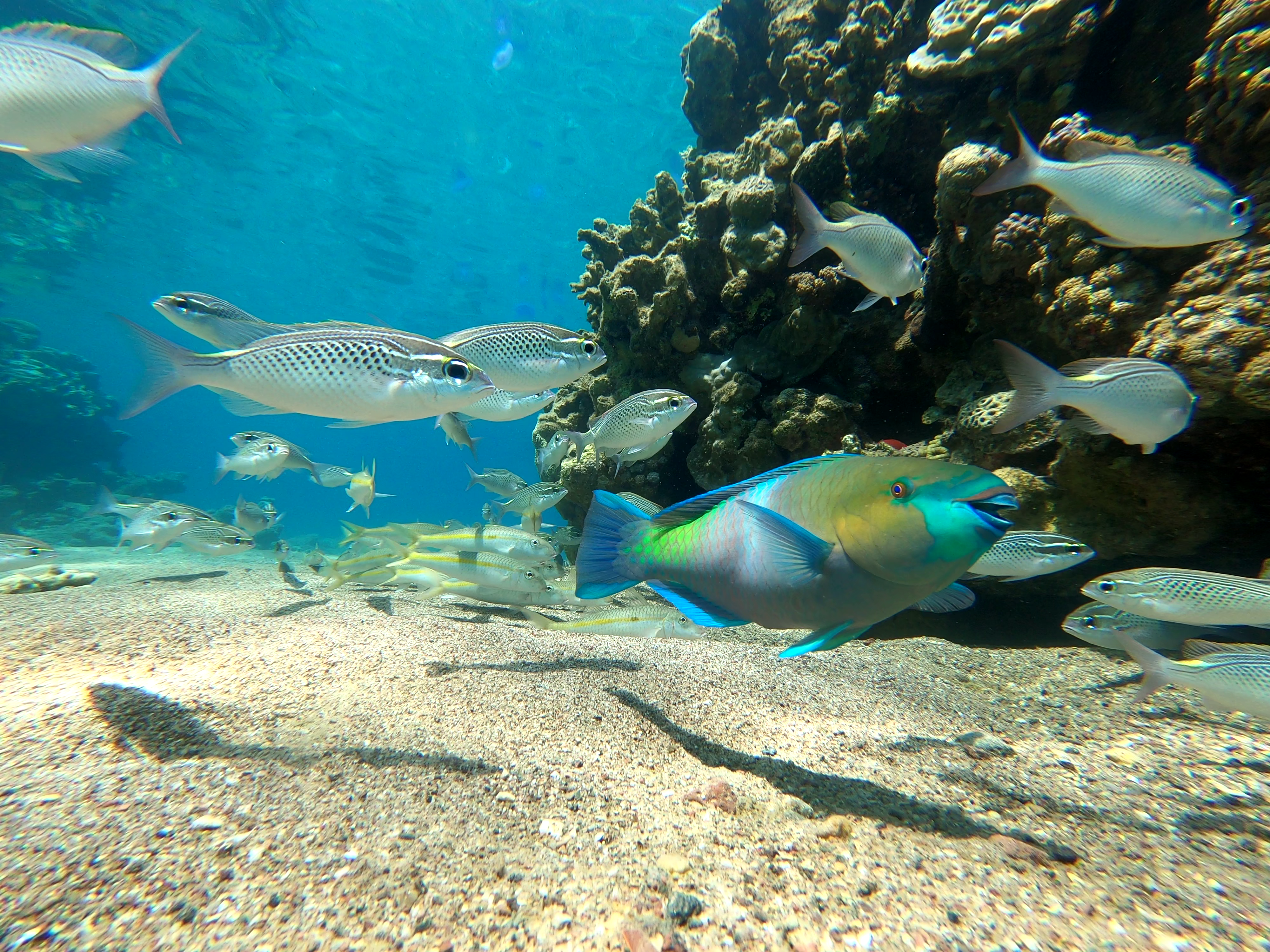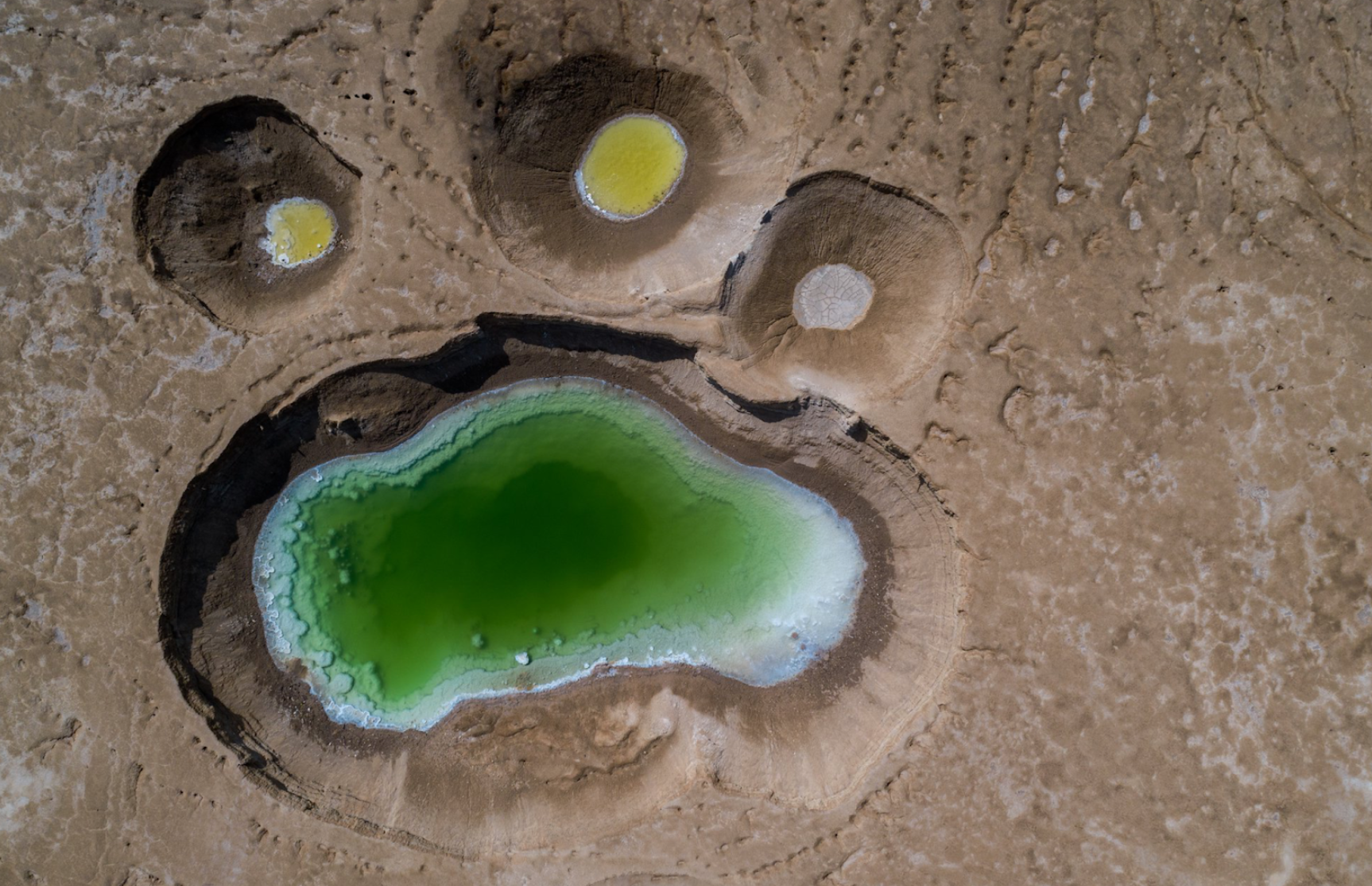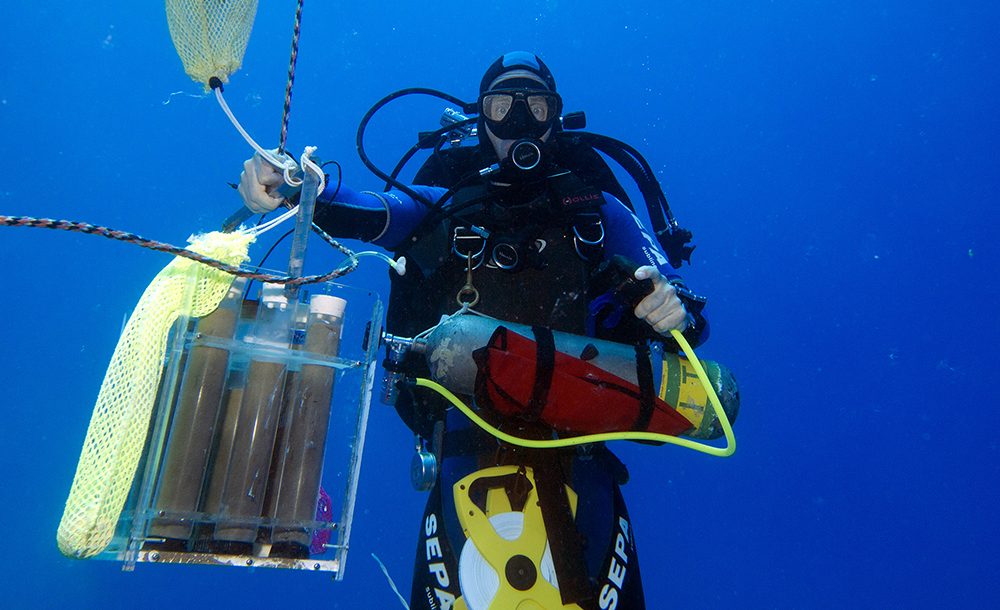Sustainable Food For The Future
March 22, 2020Have you ever considered where your food is produced? The vast majority of our protein comes from land-based farm operations, while only 15% of protein comes from the sea. Cultivating seaweed and aquatic organisms including fish has the potential to provide our global population with high-quality resources with numerous proven health benefits
Israeli scientists and innovators are determined to expand where our protein comes from through developing new aquaculture and mariculture techniques. Aquaculture is the farming of fish, shellfish, and aquatic plants in water, while mariculture is the cultivation of these same resources, but in marine and estuarine (where fresh and saltwater mix) environments.
To start off 2020, scientists, scholars, citizens, and stakeholders gathered for the seventh annual Haifa Conference on Mediterranean Sea Research. This year’s theme was “food from the sea – towards 2050 and beyond.” Among those in attendance was Chef Boaz Tsairi, one of the trailblazers in integrating seaweed aquaculture into Israeli cuisine.
Chef Tsairi’s efforts to establish Japanese influences in Israeli cuisine began in 1993, when he attempted to create Japanese cuisine that would agree with Kosher regulations and the Israeli palate by opening the restaurant Sakura in Jerusalem. At its opening, it was seen as a failure by some, but with Chef Boaz’s determination, he provided the people of Israel high-quality Japanese cuisine, with sustainably produced seaweed at its foundation.
In addition to Chef Tsairi, scientists and aquaculture experts from the U.S. and Germany were invited to join local Israeli researchers at this conference. Speakers shared their experiences in their search for sustainable aquaculture and mariculture techniques in an effort to provide solutions for the growing need for high-quality protein. This comes at a crucial time when land availability is decreasing and concerns over environmental health are increasing.
Ingredients that are extracted from macroalgae, which are photosynthetic marine organisms, are already well-established in items we use in our day-to-day lives. For example, carrageenan is a common thickening agent used in ice cream and toothpaste, agar can be used as a vegan alternative to gelatin, and alginate is used to create medicine. Next time, take a look at the ingredients listed in your favorite products and you may find algae.

So, with algae all around us, there is still a stigma against eating this nutritious protein substitute – especially when it comes to “slimy” seaweed, a type of algae. To dive headfirst into our future of food security and sustainability, we must embrace seaweed for what it is: a product that is rich in protein, minerals, fibers, antioxidants, and vitamins. Another benefit of seaweed is its role in mitigating climate change by sequestering CO2, a greenhouse gas into its tissues.
Israeli companies like Seakura (macroalgae) and BarAlgae (microalgae) understand the benefit of algae and are tackling the challenges of sustainable algae aquaculture. They are normalizing algae consumption by creating innovative, cost-effective, high-tech methods for its production. These companies cultivate algae on land to create edible products that are packed with nutrients.
Sustainable mariculture is another avenue to help subsidize the growing demand for high-quality protein. GiliOcean Technology is a company “specializing in offshore aquaculture and technology,” says Ron Shavit, the head of business development and marketing. Shavit says their unique single array fish farm technology is beneficial because “all cages are connected to each other and anchored at one spot so the farm rotates 360 degrees to always face into the direction of the wind and current (like an anchored boat) and reduces the force that could damage the cage.” This innovative and sustainable technology allows the fish farm to overcome the many challenges associated with open ocean-based operations and use the vastness of the open ocean to maximize fish production.
So, are aquaculture and mariculture the future? Many experts fiercely support this transition to a more sustainable method through which to provide high-quality protein to the global population. These techniques are becoming an increasingly necessary subsidy to the global protein supply, and with the human population increasing in a finite area, it only makes sense to turn to the sea to develop sustainable algae and fish culturing practices.
This ZAVIT article was also published in The Jerusalem Post on 03/01/2020.







